Top 10 Fruits Lowest in Sugar
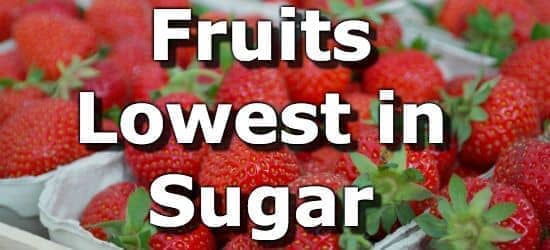
Fruits are high in vitamins, minerals, fiber, and water. They also contain many different antioxidants, such as anthocyanins, flavonols, and procyanidins, and may also contain other compounds that have health benefits that aren't yet known to science. (1) However, most fruits also contain sugar, sometimes at relatively high levels.
For people wanting to receive the many benefits of eating fruit while minimizing their sugar intake, below is a list of the top 10 fruits lowest in sugar.
Low sugar fruits include olives, avocados, starfruit, cranberries, raspberries, blackberries, strawberries, currants, Asian pears, and casaba melon. The list below gives the grams of sugar per serving, and the number of teaspoons of sugar per serving. 1 tsp is equal to 4 grams of sugar.
For more information see the nutrient ranking of low sugar fruits.
List of Low Sugar Fruits
-
Up to 0% Sugar
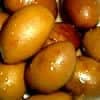 1. Olives + Add
1. Olives + Add
Sugar in One Large Olive Sugar per 100g 0g (0 tsp) 0g (0 tsp) -
Up to 0.7% Sugar
2. Avocados + Add
Sugar per Avocado Sugar per 100g 1.3g (0.3 tsp) 0.7g (0.2 tsp) -
Up to 4% Sugar
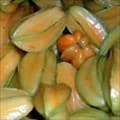 3. Starfruit (Carambola) + Add
3. Starfruit (Carambola) + Add
Sugar per Cup Sugar per 100g 4.3g (1.1 tsp) 4g (1 tsp) -
Up to 4.3% Sugar
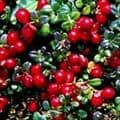 4. Cranberries + Add
4. Cranberries + Add
Sugar per Cup Sugar per 100g 4.7g (1.2 tsp) 4.3g (1.1 tsp) Warning: Cranberry juice and other cranberry products often have a lot of added sugar.
-
Up to 4.4% Sugar
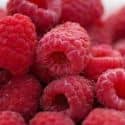 5. Raspberries + Add
5. Raspberries + Add
Sugar per Cup Sugar per 100g 5.4g (1.4 tsp) 4.4g (1.1 tsp) -
Up to 4.9% Sugar
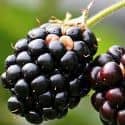 6. Blackberries + Add
6. Blackberries + Add
Sugar per Cup Sugar per 100g 7g (1.8 tsp) 4.9g (1.2 tsp) -
Up to 4.9% Sugar
7. Strawberries + Add
Sugar per Cup Sugar per 100g 8.1g (2 tsp) 4.9g (1.2 tsp) -
Up to 7.4% Sugar
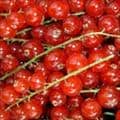 8. Red and White Currants + Add
8. Red and White Currants + Add
Sugar per Cup Sugar per 100g 8.3g (2.1 tsp) 7.4g (1.8 tsp) -
Up to 7.1% Sugar
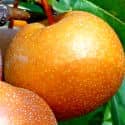 9. Asian Pear + Add
9. Asian Pear + Add
Sugar per Fruit Sugar per 100g 8.6g (2.2 tsp) 7.1g (1.8 tsp) -
Up to 5.7% Sugar
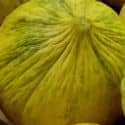 10. Casaba Melon + Add
10. Casaba Melon + Add
Sugar per Cup Sugar per 100g 9.7g (2.4 tsp) 5.7g (1.4 tsp)
From the Nutrient Ranking Tool
Use the ranking tool links below to select foods and create your own food list to share or print.
- Foods High in Sugar
- Foods Low in Sugar
- Vegetables High in Sugar
- Fruits High in Sugar
- Vegetarian Foods High in Sugar
- Nuts High in Sugar
- Beans High in Sugar
- Dairy High in Sugar
- Breakfast Cereals High in Sugar
- Fast Foods High in Sugar
View more nutrients with the nutrient ranking tool, or see ratios with the nutrient ratio tool.
Related
Data Sources and References
- Chapman K, Havill M, Watson WL, Wellard L, Hughes C, Bauman A, Allman-Farinelli M. Fruits, vegetables, and health: A comprehensive narrative, umbrella review of the science and recommendations for enhanced public policy to improve intake Appetite. 2016 Dec 1;107:295-302. doi: 10.1016/j.appet.2016.08.003. Epub 2016 Aug 10. 27522036
Simplify Nutrition Tracking with MyFoodData!
Speedy Tools and Detailed Data FREEEasily analyze your meals to find the best foods for your goals.
✅ Use our recipe nutrition calculator and nutrition comparison tool.
✅ Access expert nutrition data tools and in-depth articles.
✅ Log foods and organize your recipes with a free account.


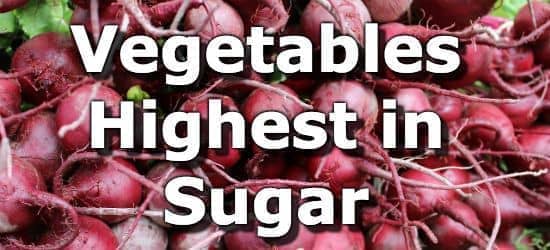 Next ➞
Next ➞
